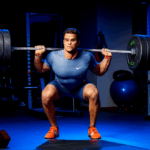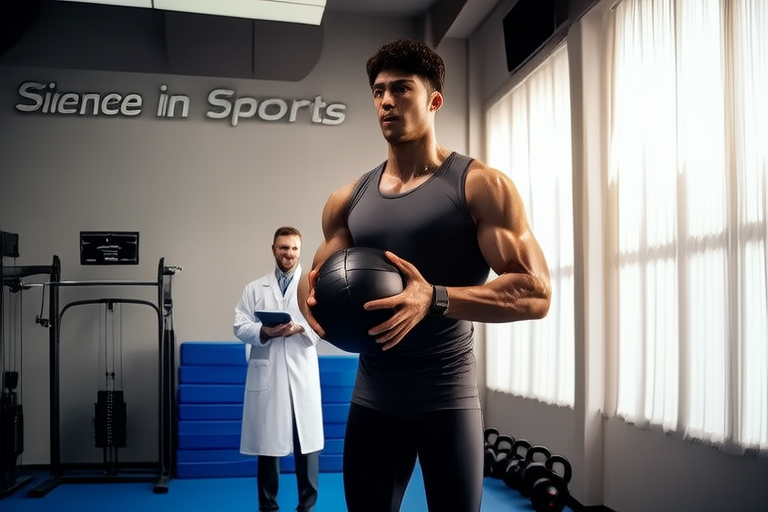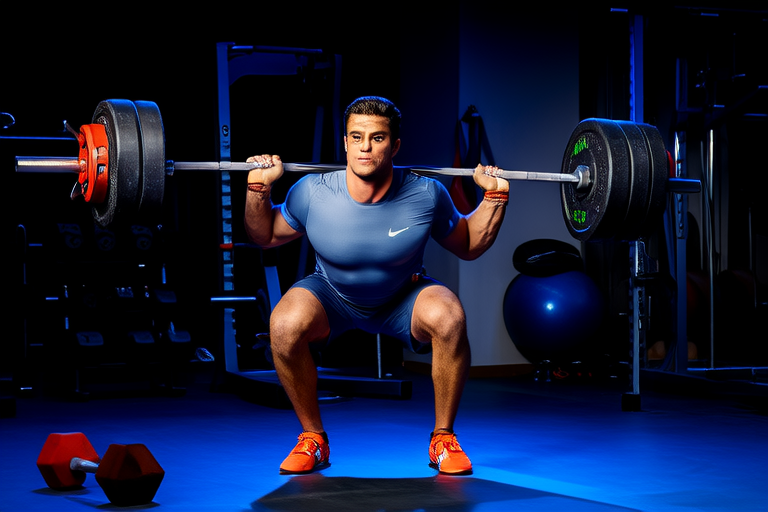Boosting Performance: A Guide to Sports Science and Safety Precautions
The world of sports is constantly evolving, with athletes and coaches seeking ways to maximize performance while ensuring safety. Combining sports science principles with stringent safety measures is crucial for achieving optimal athletic outcomes. This article explores how integrating nutrition, training techniques, recovery methods, and mental preparation can significantly boost performance. Additionally, it provides a comprehensive guide on safety precautions to prevent injuries and ensure that athletes are equipped with the necessary knowledge to handle emergencies.
Nutrition
Proper nutrition is the foundation of athletic success, influencing energy levels, recovery, and overall health. Understanding the role of various nutrients and tailoring diets to individual needs can greatly enhance performance.
Macronutrients
Carbohydrates, proteins, and fats are essential macronutrients for athletes. Carbohydrates are the primary source of energy during high-intensity activities, while proteins aid in muscle repair and growth. Fats provide sustained energy and support hormone production. Athletes should consume a balanced diet rich in whole grains, lean proteins, and healthy fats.
Hydration
Adequate hydration is vital for maintaining optimal performance. Dehydration can lead to decreased endurance, increased fatigue, and impaired cognitive function. Athletes should drink water regularly throughout the day and increase intake before, during, and after exercise, especially in hot weather or during prolonged physical activity.
Supplements
While a balanced diet should be the primary source of nutrients, supplements can help fill nutritional gaps. Commonly used supplements include protein powders, multivitamins, and electrolyte solutions. It’s important to consult with a healthcare provider or registered dietitian before starting any supplement regimen to ensure safety and effectiveness.
Training Techniques
Effective training techniques are crucial for improving performance and preventing injuries. A well-rounded training program includes strength training, cardiovascular conditioning, flexibility exercises, and sport-specific drills.
Strength Training
Incorporating resistance training into workouts can increase muscle mass, improve joint stability, and enhance overall strength. Exercises like squats, deadlifts, and bench presses target major muscle groups and should be performed with proper form and gradually increasing weights.
Cardiovascular Conditioning
Improving cardiovascular fitness enhances endurance and stamina. Activities such as running, cycling, swimming, and rowing are excellent for building cardiovascular endurance. Interval training, which alternates between high-intensity bursts and lower-intensity recovery periods, can also be effective.
Flexibility and Mobility
Maintaining flexibility and mobility is essential for preventing injuries and optimizing performance. Stretching routines, yoga, and foam rolling can help improve range of motion and reduce muscle tension. These practices should be incorporated into daily routines and post-workout recovery sessions.
Recovery Methods
Recovery is just as important as training itself. Proper recovery allows muscles to heal and adapt, reducing the risk of overtraining and injury. Various recovery methods can be employed to promote faster healing and better performance.
Sleep
Adequate sleep is crucial for recovery, as it allows the body to repair tissues and consolidate memory. Athletes should aim for 7-9 hours of quality sleep per night. Establishing a consistent sleep schedule and creating a relaxing bedtime routine can improve sleep quality.
Cold and Heat Therapy
Using cold and heat therapy can accelerate recovery and alleviate pain. Ice baths, ice packs, and cold compresses reduce inflammation and swelling, while heat therapy, such as warm baths or heating pads, increases blood flow and relaxes muscles. Alternating between cold and heat treatments can provide additional benefits.
Massage and Myofascial Release
Massage therapy and myofascial release techniques, like foam rolling, can relieve muscle tension and improve circulation. Regular massages and self-myofascial release sessions can enhance recovery and maintain muscle health.
Mental Preparation
Mental preparation plays a significant role in athletic performance. Techniques such as visualization, goal setting, and stress management can help athletes stay focused and perform at their best.
Visualization
Visualizing successful performances can build confidence and improve technique. Athletes should spend time visualizing themselves executing skills perfectly, focusing on details such as form, timing, and strategy. This practice can be done before competitions or during downtime.
Goal Setting
Setting clear, achievable goals provides direction and motivation. Goals should be specific, measurable, attainable, relevant, and time-bound (SMART). Short-term goals focus on immediate improvements, while long-term goals aim for broader achievements. Regularly reviewing and adjusting goals ensures continued progress.
Stress Management
Managing stress effectively is crucial for maintaining mental health and performance. Techniques such as mindfulness meditation, deep breathing exercises, and progressive muscle relaxation can help athletes cope with stress and anxiety. Incorporating these practices into daily routines can improve overall well-being.
Safety Precautions
Safety is paramount in sports to prevent injuries and ensure long-term health. Implementing proper safety measures, using appropriate equipment, and understanding emergency protocols are essential for all athletes.
Injury Prevention
Preventing injuries requires a combination of proper technique, adequate rest, and gradual progression in training intensity. Warm-up and cool-down routines, including dynamic stretches and light cardio, prepare the body for exercise and facilitate recovery. Listening to the body and addressing minor issues promptly can prevent more severe injuries.
Proper Equipment Use
Using the correct equipment is crucial for both performance and safety. Athletes should invest in high-quality gear that fits properly and is suitable for their sport. Regular maintenance and inspection of equipment ensure its functionality and longevity. Wearing protective gear, such as helmets, pads, and mouthguards, can significantly reduce the risk of injury.
Emergency Protocols
Understanding and implementing emergency protocols is essential for handling unforeseen situations. Coaches and athletes should be trained in first aid and CPR. Emergency action plans should outline procedures for responding to injuries, illnesses, and environmental hazards. Regular drills and updates to these plans ensure readiness and effectiveness.
By integrating sports science principles with safety precautions, athletes and coaches can enhance performance while prioritizing health and safety. A balanced approach to nutrition, training, recovery, and mental preparation sets the foundation for success. Meanwhile, adhering to safety measures ensures that athletes can participate in their sports confidently and responsibly.










